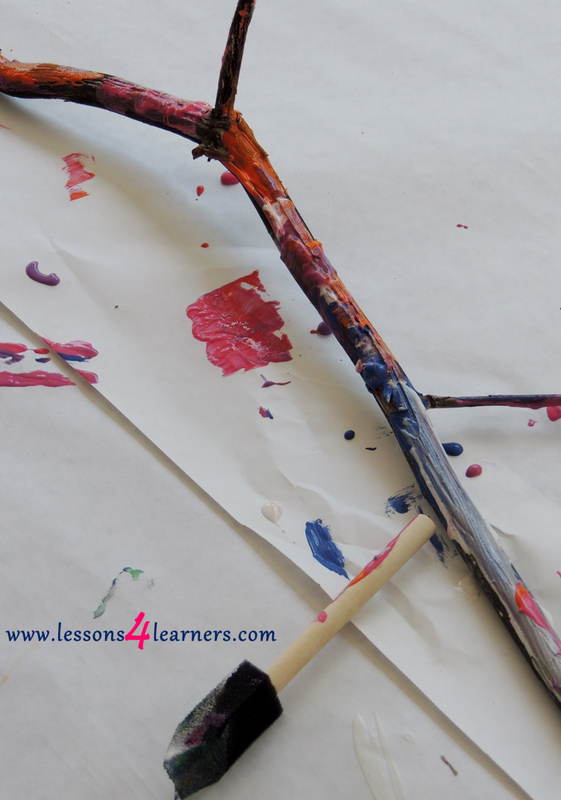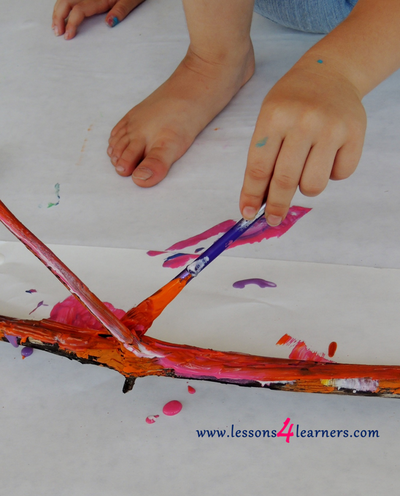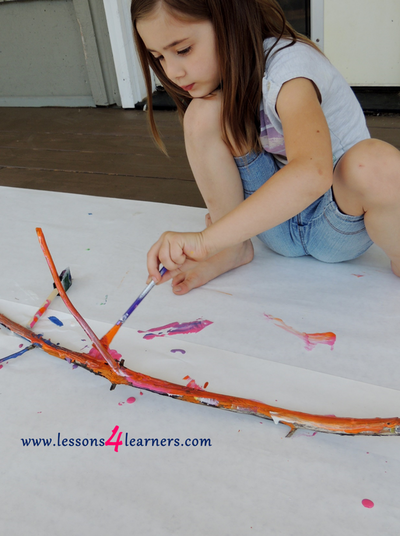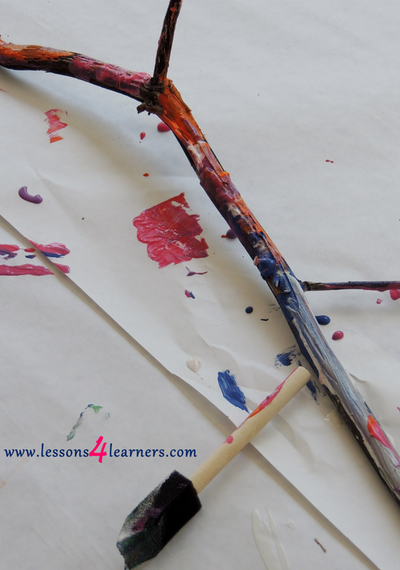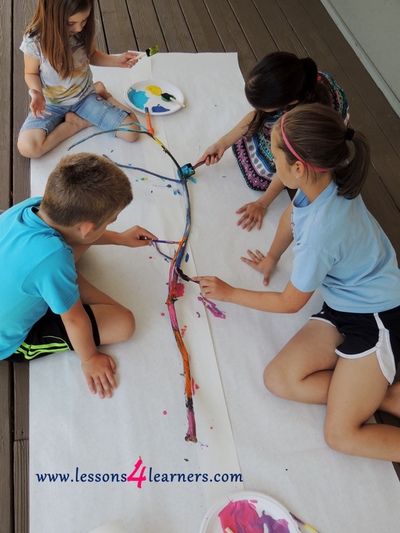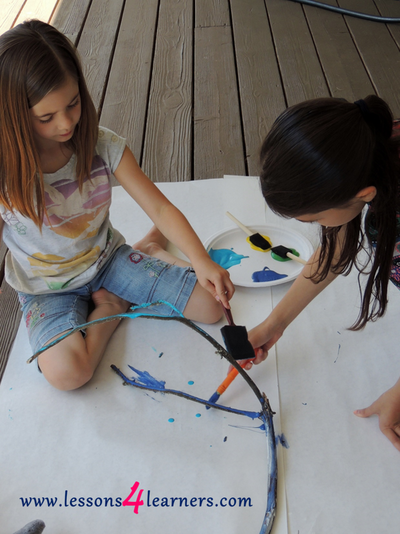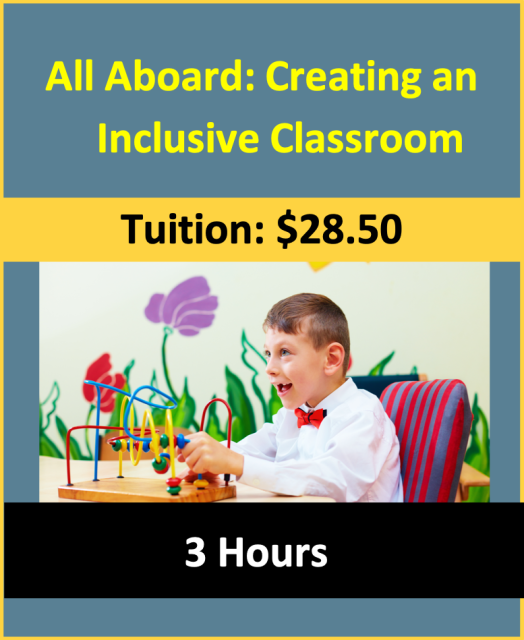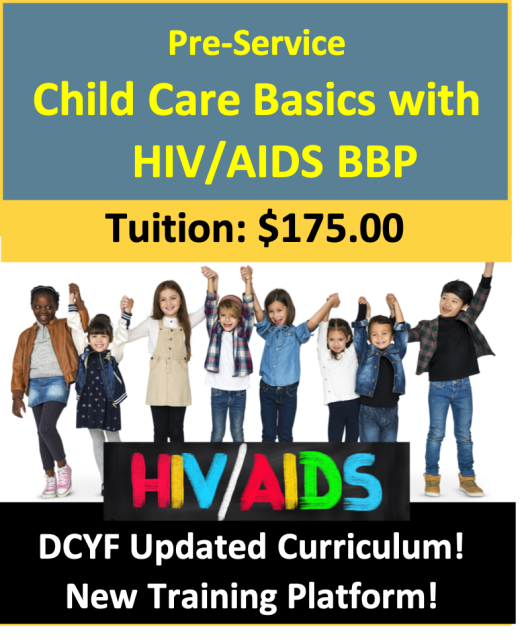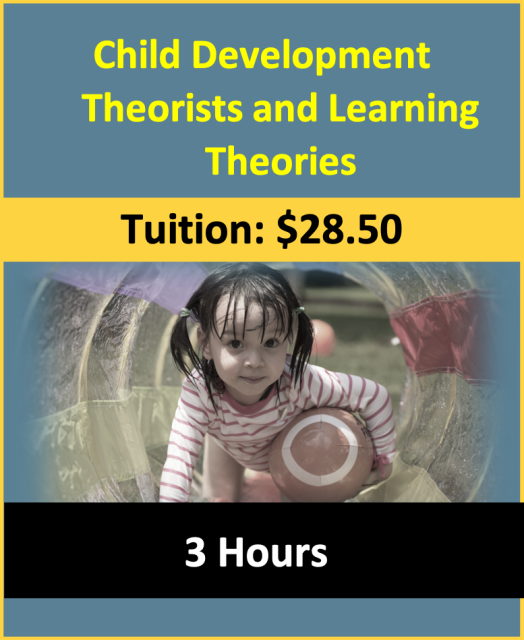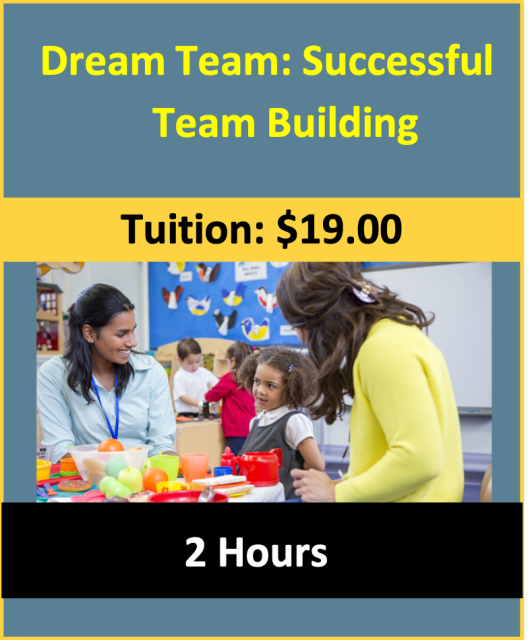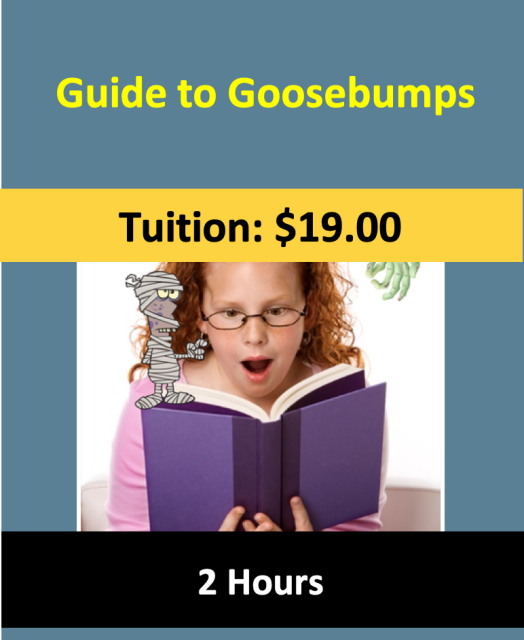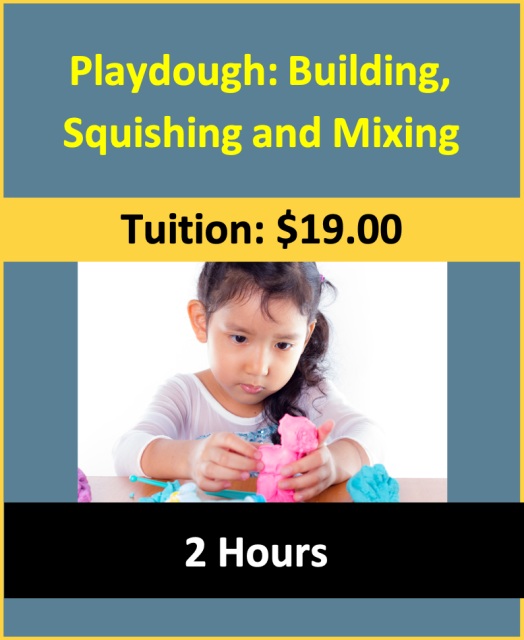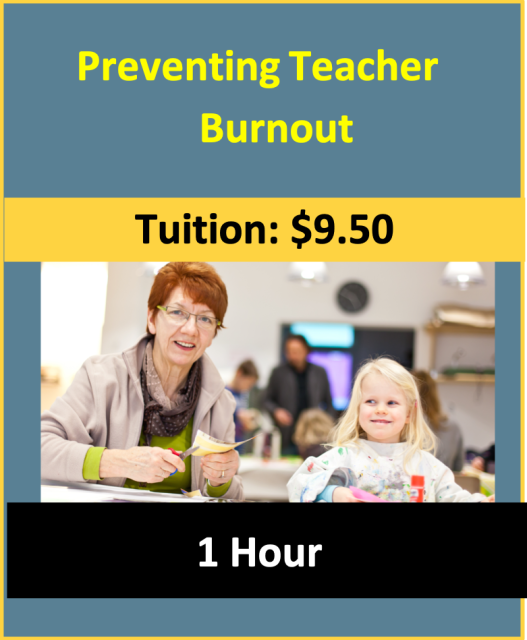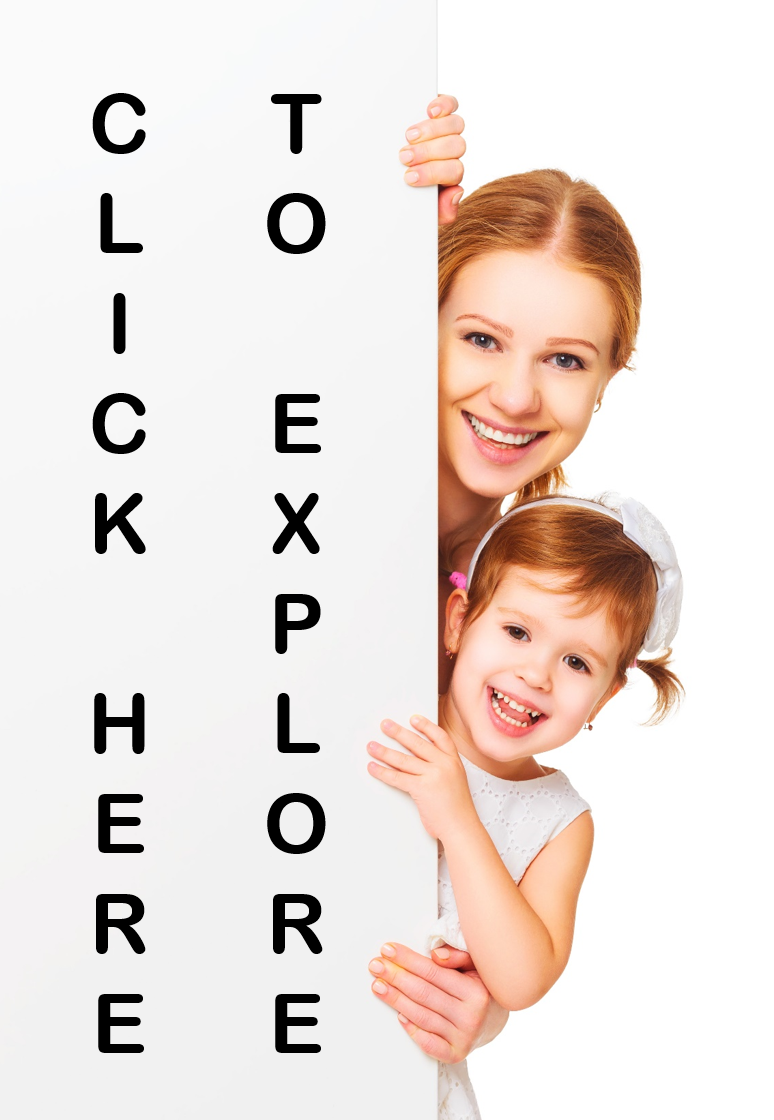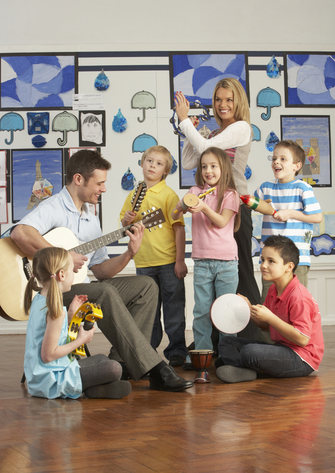Branching Out: Collaborative Art
Lesson Plan:
|
Activity:
Branching Out: Collaborative Art
Lesson plan developed by Aurora Tollestrup, BS Ed.
Age Group:
* Lesson plan objective and assessment can be adapted to use this activity with school-age children.
Objectives:
Children will:
|
|
|
II.9.3a
Materials:
|
Procedure:
1. Prepare for the activity by setting up materials in an appropriate area.
2. Tell students that they will be working together to paint a large piece of artwork
3. If needed, refresh students on positive social interactions. Encourage them to begin painting.
4. As they are painting, ask them questions such as:
2. Tell students that they will be working together to paint a large piece of artwork
3. If needed, refresh students on positive social interactions. Encourage them to begin painting.
4. As they are painting, ask them questions such as:
a. What title would you give this piece?
b. Why did you choose those colors?
c. What do you like about your artwork?
b. Why did you choose those colors?
c. What do you like about your artwork?
Assessment:
- Assess children based upon their willingness to participate with each other and share about their art.
Extension:
- Observe and record the student’s fine motor skills. How well were they able to control the paintbrush? Did they work well with their peers? What did they have to say about the activity and the finished piece?
Click on the course icon for enrollment information.
Real Approaches to Circle Time Community Building
|
During circle time you can greet each child by name and encourage others to do that as well. You may also encourage each child to share a little something when they first come to circle time. A simple “finish this sentence” where students have to fill in one or two words about themselves will work well. This gives children some social interaction time, but on the teacher’s terms. Tie this into a book or activity that you are using in your classroom by asking questions that pertain to a certain subject or idea.
Circle time can also be a movement and music experience. This works especially well when children are getting restless. A simple “stand up and turn to your neighbor and give them a compliment” gives children a stretch and promotes kindness and respect. |
Have a rotating “star student” who gets to bring in a show and tell item during their “star week.” They can also create a poster about themselves and their family members if they wish.
Use supportive positive statements especially at group time or when children are struggling with a task. These words support confidence and respect for members of the classroom community. Refer to the group as a whole using words like “team, community, and friends.” This supports the community aspect of the classroom.
Use supportive positive statements especially at group time or when children are struggling with a task. These words support confidence and respect for members of the classroom community. Refer to the group as a whole using words like “team, community, and friends.” This supports the community aspect of the classroom.
